Mother Sauce
Béchamel sauce is an important sauce in the culinary world because it’s one of the five mother sauces. The mother sauces are the sauces that serve as the base for all other sauces – hence the name “mother”. They all include liquid and a thickening agent of some kind. Know these sauces, and you should be in good shape to make any number of sauces to dress your foods. This decisive list of sauces was determined by two chefs at different times. Marie-Antoine Carême decided that there were four mother sauces in the early 1800s and then in the early 1900s, Auguste Escoffier revised the list, dropping one and adding two more making it a total of five sauces (Béchamel, Velouté, Hollandaise, Brown Sauce/Espagnole and Classic Tomato).
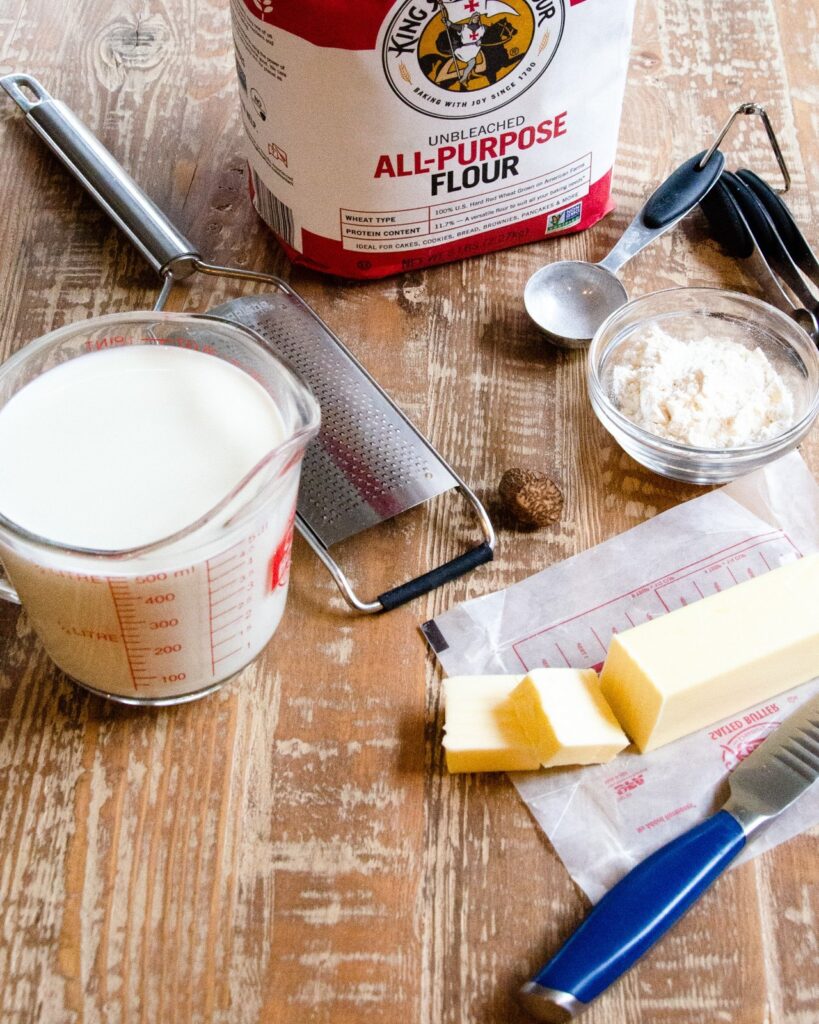
Onion Piqué
Béchamel sauce was traditionally a little more complicated than what most recipes call for today. Most cooks make Béchamel sauce simply with butter, flour and milk. In a classic rendition of the sauce, however, you would use butter, flour (the thickening agent) and milk (the liquid), but the sauce would be flavored with onion, cloves, bay and nutmeg. To do this, you would simmer the sauce with an onion piqué, which is a whole or half an onion with a bay leaf nailed to it using cloves as the nails. The flavors would seep into the sauce and the sauce would gently reduce and thicken. While it’s not done very often anymore, it does take a basic Béchamel sauce and elevate it to a whole new level.
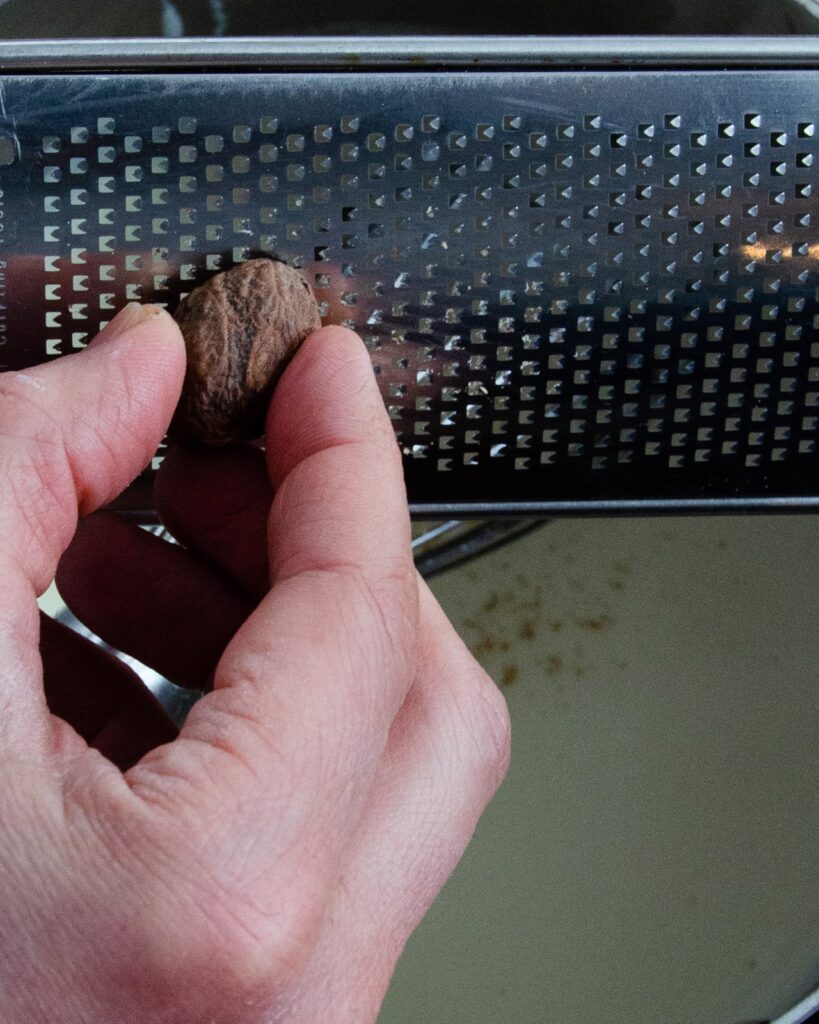
How to Season Béchamel Sauce
Usually, Béchamel sauce is made as a base for a more flavorful sauce of another kind. For instance, you would make a Béchamel sauce before you add cheese and make a cheese sauce. Or, you could make a Béchamel sauce and add cream and shrimp butter to it to make a Nantua sauce. Or, by adding sautéed and puréed onions to a Béchamel sauce, you would make a Soubise sauce. The list goes on and on…There are a number of variations and it’s fun to play with and experiment.
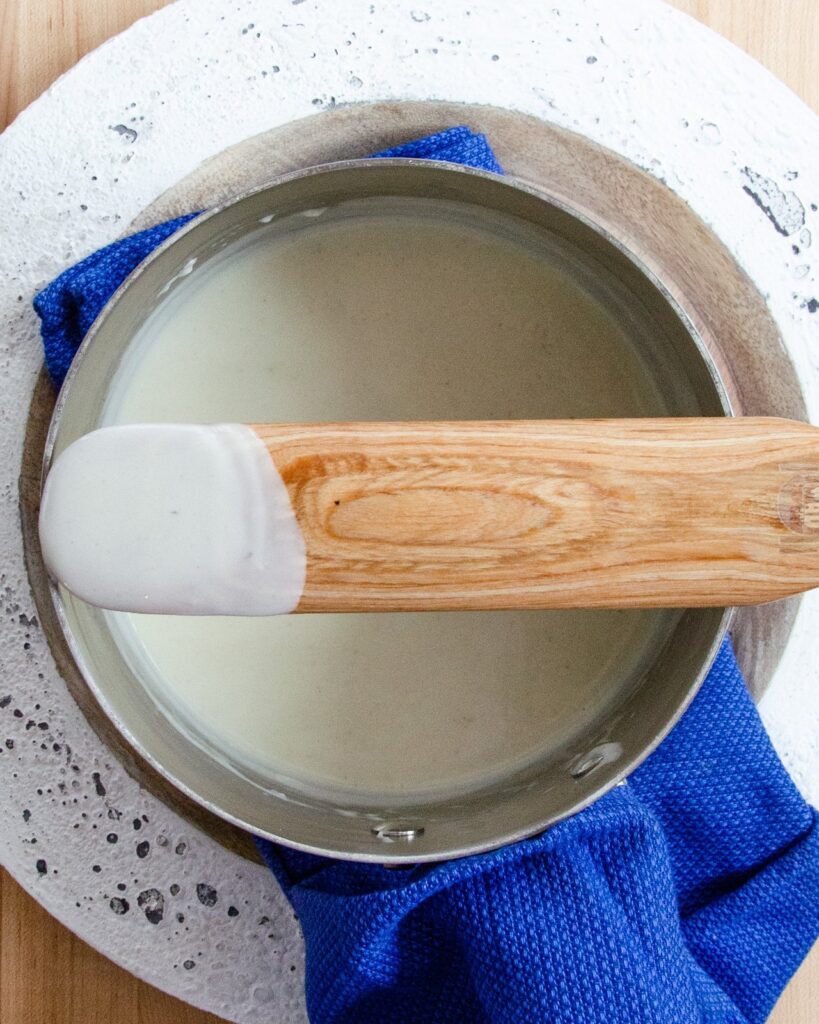
How to Make Béchamel Sauce
But… before you can do that, you need to know how to properly make a Béchamel. So, here is your lesson. The key points are:
- Make sure you cook the roux. The roux is the combination of butter and flour in the saucepan. The roux needs to cook for just 2 to 3 minutes so that there is no raw starch taste in your finished sauce. A roux whisk is a great tool to use while cooking the roux, moving it around effectively so you don’t end up with clumps of flour.
- Be sure the milk is room temperature. Adding cold milk or very hot milk to a cooked roux is likely to form lumps (which you can always strain out if it happens to you). Room temperature milk is easier to add to the saucepan without causing the starch granules to cling together and lump up.
- Whisk. You’ll want to use a sauce whisk or a roux whisk, not a wooden spoon as you add the milk. Whisking helps to break up any lumps that form and is a good way to threaten the flour granules to not even try to cling together! Once the milk has been added and you are bringing the sauce to a simmer, you can switch to a wooden spoon.
- Bring it to a boil. In order for a Béchamel to reach its full thickening power, you do need to bring the liquid to a boil. When the starch granules reach a temperature just under the boiling point, they swell and absorb liquid. We see this as the sauce thickening. Once they have reached this temperature, that is all the moisture they will absorb. The only way to thicken the sauce after this point is by reducing it over time (ie. simmering and evaporating liquid).
Simple rules. Still, if all fails and you end up with lumps in your Béchamel, don’t throw it out! Simply strain it through a fine mesh strainer and don’t tell anyone!
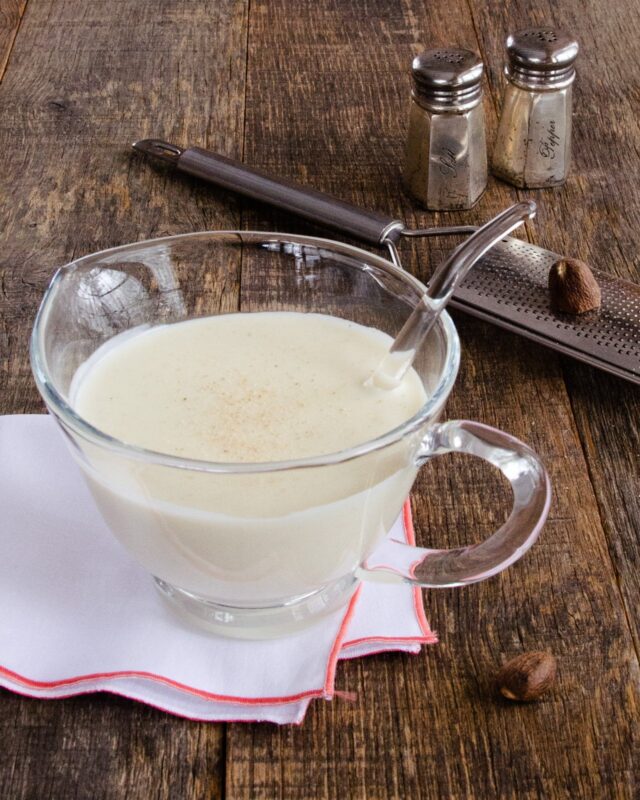
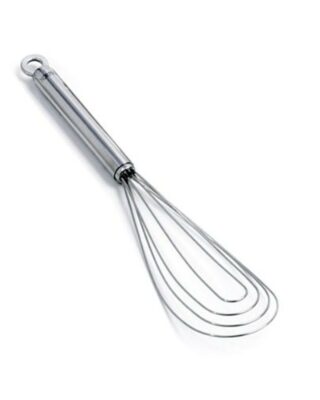
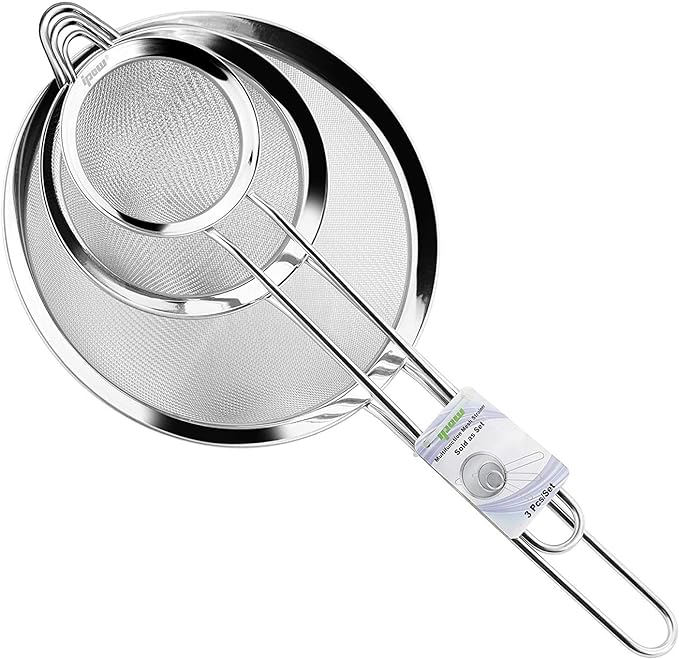
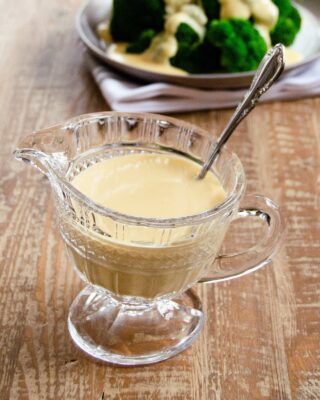



I appreciate your recipes and videos so much, and refer to your books often. For white sauce, my sister tells me she always use “Wondra” flour. Not sure what it is–looks like granulated wheat flour, if that’s a thing. She swears it won’t lump. Although I’ve never had a problem with lumping provided I use the right saucepan and enough butter. Have you used this, and is it a good substitute? Also, is there a really good (tasting) substitute for grain-based flour for my keto friends?
Hi Kay, Wondra flour is what is known as “instant flour”. It has been pre-cooked and dried and as a result it blends quickly and doesn’t form lumps. It’s a low-protein flour, so it is also good to use when you don’t want the chewy-ness of bread. Some people use Wondra for making crepes because it’s low-protein content means that you don’t have to rest the batter as much.
As for your keto grain-based flour question, the best keto substitute for wheat flour is generally almond flour. You can also look at coconut flour. You’ll need to do a little research on how to substitute these flours for regular flour, however, since it’s not a straight 1:1 ratio. Hope that helps!